DMZ’s startups and alumni have raised over $1 billion CAD in funding
Note: All figures are reported in Canadian dollars.
DMZ companies have officially surpassed $1 billion in total funding raised. While the DMZ has been supporting startups for the last 11 years, the majority of this funding has been raised by startups in the last five years (over $940 million since 2016).
This milestone is a victory for the entire Canadian startup ecosystem. It’s a testament to the level of confidence that government, investors, and startup support organizations have in Canadian tech founders to lead world-class businesses. It’s true that startups who have proven market traction, strong competitive advantages and IP protection will attract investors. But oftentimes, qualitative traits that a startup has may be even more valuable in the eyes of an investor – like having a solid diverse management team that fosters great company culture or a founder that has tremendous passion and drive to make a difference.
Let’s dive into the numbers to explore tech investment trends over the last decade, from the largest funding rounds to the industries receiving the most investment dollars. 
This major milestone has been achieved through 194 DMZ-supported startups that have received a total of 424 investments from 2011 to 2021.
The raise that pushed the DMZ to break past the $1 billion mark was Toronto-based Snapcommerce’s recent $107 million raise. Snapcommerce was incubated at the DMZ in 2016. This announcement also marked the largest single funding round on record for DMZ alumni!
After a year like 2020, with so much uncertainty to navigate, DMZ startups preserved and were able to continue to secure funding. Over $185 million was raised in 2020 alone.
Top 10 startups and top 10 funding rounds
The top ten startups that have received the most investment dollars have collectively raised over $700 million. The top five – Borrowell, Snapcommerce, Sensibill, Ada Support and Flybits – accounting for an impressive $560 million of that. That’s over 50% of the total funding raised by all DMZ startups.

Funding breakdown by stage
These investments come from a variety of funding sources, including equity crowdfunding, government grants, pitch competition awards, and angel and venture capital investments from the pre-seed stage to Series C and beyond.
The sheer number of stakeholders that have played a role in reaching this $1 billion achievement illustrates the importance of industry-wide collaboration and cooperation.
The way in which this ecosystem plays as a whole determines its success.
Funding breakdown by industry
When breaking down the industries of startups that raised the most money, startups in Financial Tech take the lead. A total of 11 startups representing this industry raised a combined $273 million – that’s over a quarter of the total funding raised by DMZ companies across all industries. The industries that followed were Retail Tech ($213M), Enterprise Tech ($131M), Health Tech ($100M), Arts & Entertainment ($59M), Marketing ($27M), Education Tech ($32M), Communications ($29M), Consumer Tech ($26M)and Insurance Tech ($25M).
Huge gaps in funding support still exist
The Canadian tech ecosystem has become increasingly competitive – this milestone speaks to the growth and potential of our startups. Yet, startup founders still say that accessing capital is their biggest challenge and roadblock to success.
Seed deals have slowed down significantly in recent years and early-stage financing has become progressively more difficult to secure.
That’s why the DMZ is doubling down on its efforts to help startups in the early stages receive more investment strategy support, access to investors and dedicated fundraising workshops, and mentorship from professionals who specialize in fundraising – especially through our Black Innovation and Women Founders streams to support women-owned and Black-owned startups that have historically been underfunded.
Want to be a part of the next billion? Email us at dmz@torontomu.ca. Learn more about the DMZ’s programming here.




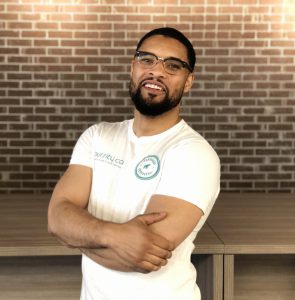



 Nathan Dumont
Nathan Dumont

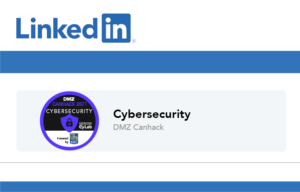

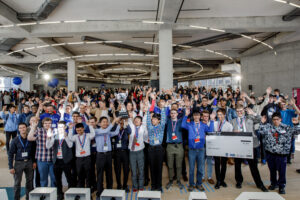









 It sounds like the platform is valuable to companies at all stages of growth, not only young startups looking to get incorporated?
It sounds like the platform is valuable to companies at all stages of growth, not only young startups looking to get incorporated?


 Thankfully, organizations like
Thankfully, organizations like 
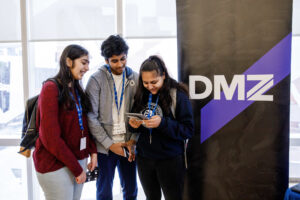


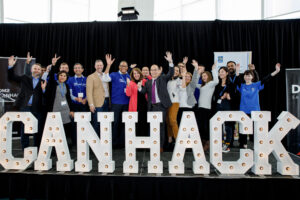 This year, for
This year, for 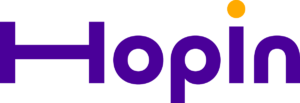
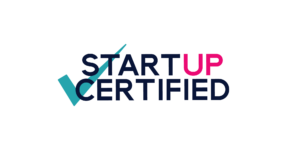 I was a student working at
I was a student working at  Before that placement, I had been working for the government for six years. I ran into the “red tape” problem – something that you hear about, but don’t believe it until you see it. I figured that there has to be a faster way and a better way for me to have an impact. I turned to startups. It seems to really be the best way to change something in the world.
Before that placement, I had been working for the government for six years. I ran into the “red tape” problem – something that you hear about, but don’t believe it until you see it. I figured that there has to be a faster way and a better way for me to have an impact. I turned to startups. It seems to really be the best way to change something in the world. We help companies expand their hiring pools. One of our companies is Maple Lodge Farms in Brampton. We helped them hire their first employee from Scarborough, which is really not a possible transit route if you don’t have a car, right? That’s the value we add to the companies.
We help companies expand their hiring pools. One of our companies is Maple Lodge Farms in Brampton. We helped them hire their first employee from Scarborough, which is really not a possible transit route if you don’t have a car, right? That’s the value we add to the companies. For the first couple of months, everyone was just trying to figure out their place in this world now. We took that time to help those in need. We realized we weren’t going to generate revenue for at least a few months, so we figured we might as well do something productive with the time and help out.
For the first couple of months, everyone was just trying to figure out their place in this world now. We took that time to help those in need. We realized we weren’t going to generate revenue for at least a few months, so we figured we might as well do something productive with the time and help out. 


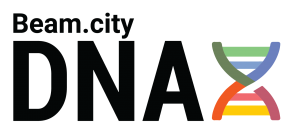 Zeze Peters, Founder & CEO of
Zeze Peters, Founder & CEO of  Kate Mansouri, Founder & CEO of
Kate Mansouri, Founder & CEO of 
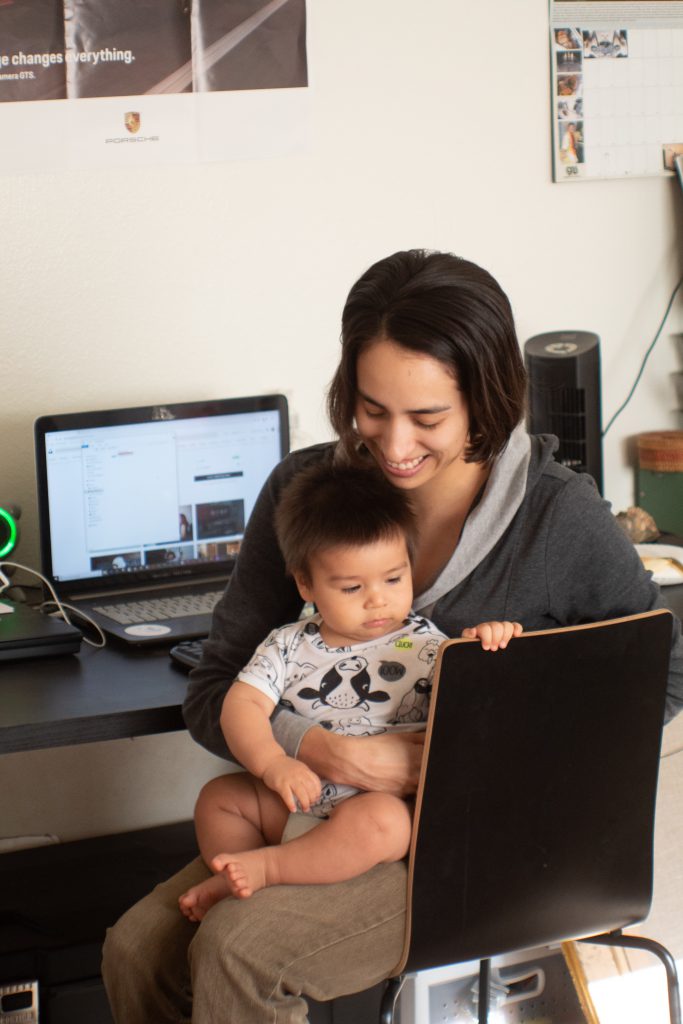 As the digital workplace and classroom may very well be our reality for the next while, we asked founders if they have tips to offer other parents for improving work-life balance and family dynamics in the current environment. Parents also explain that amidst the pandemic, they have seen some benefits to keeping the family at home – and have been embracing the silver linings that have come with it.
As the digital workplace and classroom may very well be our reality for the next while, we asked founders if they have tips to offer other parents for improving work-life balance and family dynamics in the current environment. Parents also explain that amidst the pandemic, they have seen some benefits to keeping the family at home – and have been embracing the silver linings that have come with it.